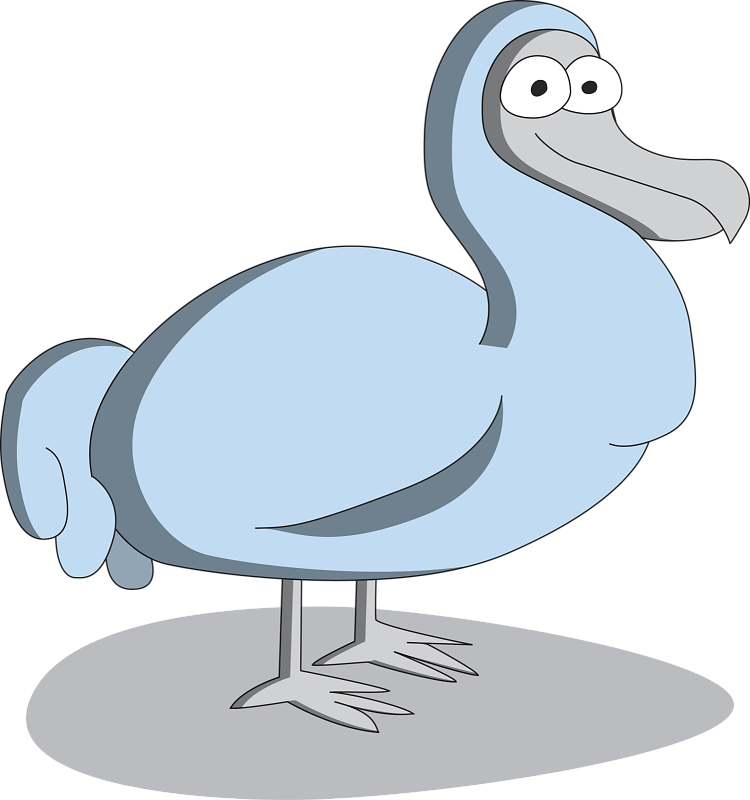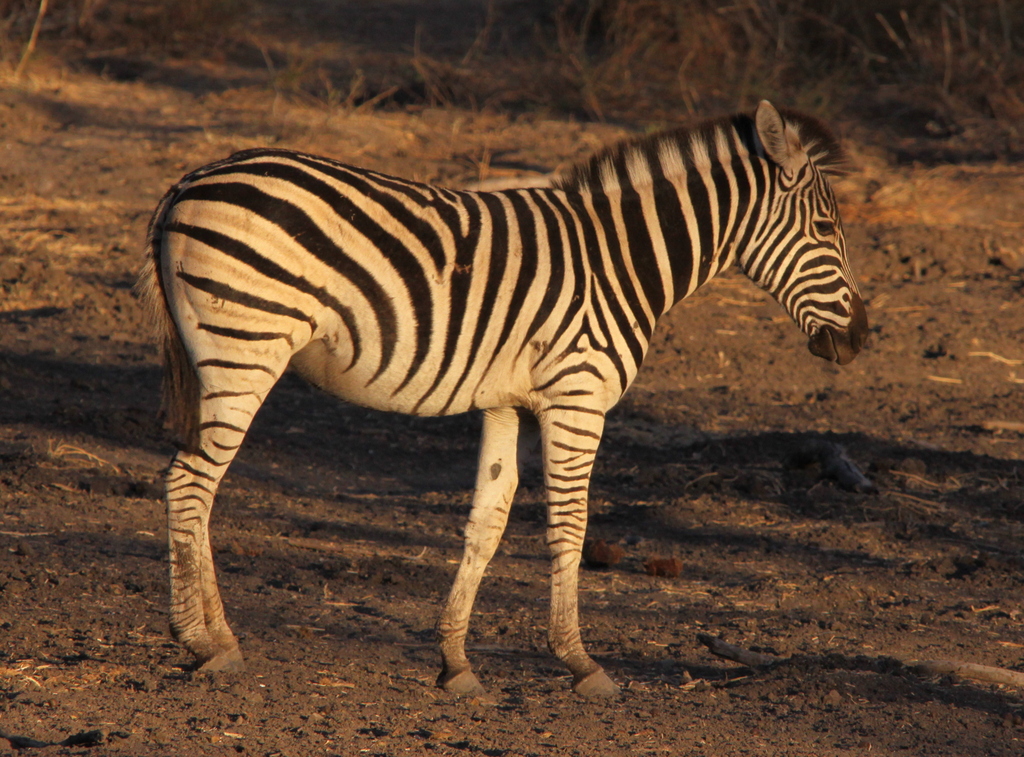A Tale of Stripes Fading into Oblivion
Once a familiar sight on the grassy plains of South Africa, the quagga (Equus quagga quagga) was a strikingly beautiful creature distinguished by its unique coat pattern, which faded from dark stripes on the front half of the body to a plain brown rear. Tragically, this enigmatic member of the horse family met its demise in the late 19th century, becoming a poignant symbol of human-induced extinction and the urgent need for conservation efforts.
The quagga inhabited the open plains and grasslands of South Africa, particularly in the southern and eastern regions of the country. It was closely related to the plains zebra (Equus quagga), with which it shared its habitat and grazing preferences.
Unlike other zebras, which display bold black-and-white stripes across their entire body, the quagga exhibited a unique coloration pattern. Its front half was adorned with dark stripes that gradually faded into a plain brown coat towards the rear, giving it a distinct and captivating appearance.
The quagga’s downfall began with the arrival of European settlers in South Africa in the 17th century. As colonial expansion accelerated, the quagga’s habitat shrank due to habitat destruction and competition with livestock for grazing land. Additionally, the species was heavily hunted for its meat and hide, further decimating its already dwindling populations.
By the late 19th century, the quagga had been hunted to extinction in the wild. The last known wild quagga was shot in the Orange Free State (present-day Free State Province) in 1870. The species clung to existence in captivity for a few more decades, but the last captive quagga, a mare named Lady, died at the Amsterdam Zoo in the Netherlands on August 12, 1883, marking the tragic end of a unique and charismatic species.
Despite its extinction, the memory of the quagga lives on, inspiring efforts to conserve endangered species and restore degraded habitats. In recent years, scientists and conservationists have initiated ambitious projects aimed at “de-extincting” the quagga by selectively breeding plains zebras that display quagga-like characteristics.
Additionally, the quagga has become a powerful symbol of the consequences of human-induced extinction and the importance of preserving biodiversity. Museums, zoos, and wildlife organizations around the world commemorate the quagga’s legacy through exhibits, educational programs, and conservation initiatives aimed at protecting endangered species and their habitats.
The extinction of the quagga serves as a poignant reminder of humanity’s capacity to drive species to the brink of oblivion through unchecked exploitation and habitat destruction. As we reflect on the loss of this unique and charismatic creature, we must redouble our efforts to conserve and protect the rich tapestry of life on Earth for future generations. In the fading echoes of the quagga’s striped coat, we find a solemn call to action to preserve and cherish the wondrous diversity of life that surrounds us.

